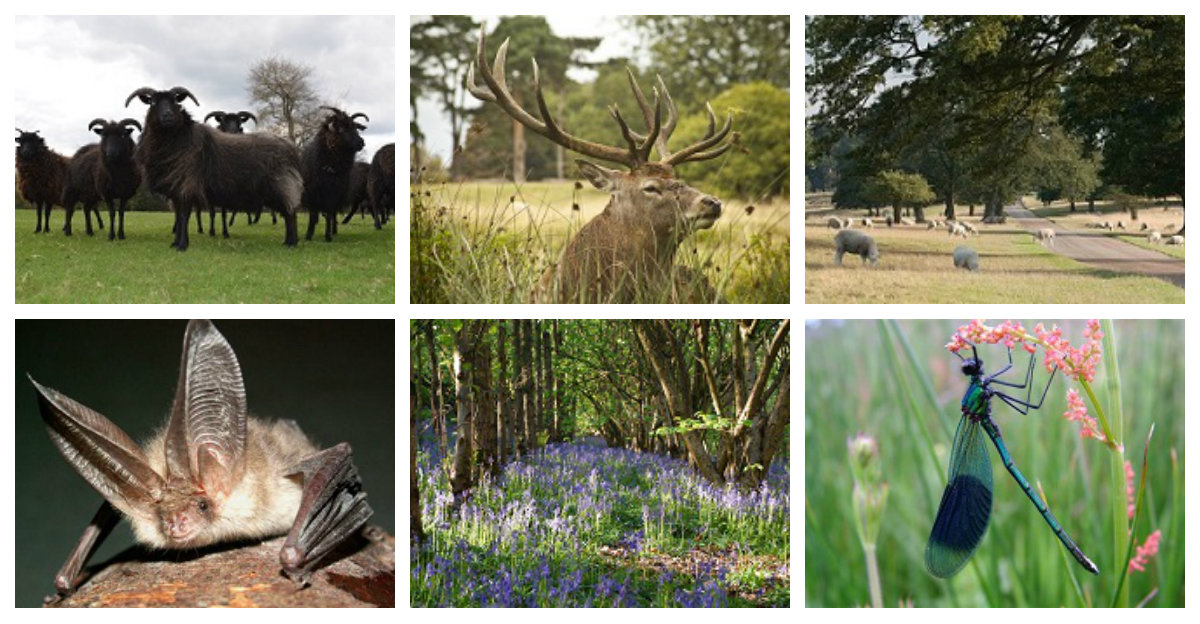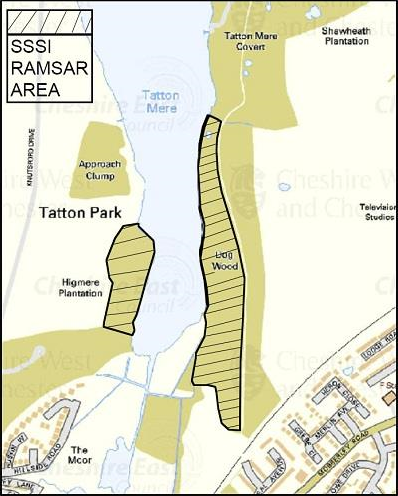History of the Parkland
There is evidence of people living in the Parkland as far back as the Stone Age but the appearance of the Parkland as we see it today is very much down to the ideas of landscape architect Humphrey Repton (1752-1818).
A deer park since 1290, it is home to herds of Red and Fallow deer which roam freely in the ancient Parkland. Rare breed Hebridean and Soay sheep are also a proud feature of the estate and every season brings a rich variety of birds and wildlife.
Livestock
Deer
The Deer Park was created by Royal Charter in 1290. Eight centuries later, the Red and Fallow deer still provide a magnificent sight for visitors as they roam freely in over 1,000 acres of beautiful Parkland.
When the park is busy, the stags and bucks can often be encountered in small bachelor groups whilst many of the female deer like to stay in their own private sanctuary, where their young are born in June. Occasionally newborn calves and fawns can be found within the public parkland, but please remember to leave them alone as their mother will not be far away.
During the Autumn deer-rutting season, the behaviour of Tatton Park’s ancient deer herd changes. Triggered by shortening daylight hours and cooler weather, the rut marks the time of year when male deer compete to mate with females. The male deer become more aggressive, bellow loudly and display their strength by clashing antlers. We know this can be fascinating to watch, but as there have been a couple of recent incidents, we can’t stress enough that the deer are wild animals and can act aggressively when approached. We advise all visitors of this via our digital channels and on signs within the Park.
One of the best places to spot deer is around the Old Hall on a quiet evening and during the summer months Stags can often be seen along Knutsford Drive. We value our deer and our visitors, so please remember to keep a sensible distance away, and use your zoom if you want to photograph them.
Sheep
The last Lord Egerton of Tatton requested that two rare breeds of sheep continue to be grazed on the Tatton estate and today these unusual sheep flocks can be found in the various paddocks around the Mansion.
The black sheep are a rare breed Hebridean and are one of the oldest existing flocks on record, dating from 1887. The small brown ‘goat-like’ sheep are Soay, a small and primitive breed thought to have been farmed in the Bronze Age.
To have a look at the sheep head over to the ice pond field opposite the Mansion which is one of their favourite grazing areas.
 Nature and Conservation
Nature and Conservation
Tatton Park provides lots of different types of habitat which attracts a rich variety of flora and fauna - two large meres, 500 acres of woodland, numerous ponds and rough grassland areas.
The meres and Dog Wood are dedicated SSSI (Site of Special Scientific Interest) and RAMSAR (an intergovernmental convention for the conservation of wetlands) sites. They are recognised as nationally important habitats, providing nest sites and winter refuge for large numbers of water birds as well as an abundance of wildflowers and plant life. In Spring and Summer, Swallows and Martin hawk insects over the water and Ospreys have been recorded passing through.
Conservation work at Dog Wood to increase soil biodiversity and encourage boggy areas has created a sensitive wet woodland habitat where wildlife flourishes. Woodland areas are home to many different mammals and it is common to spot badgers and foxes. As many as nine species of bats have been recorded roosting among the holes and cracked bark of the mature trees within the park. They are also home to many birds including the Nuthatch, Treecreeper and all three species of Woodpecker. Fallen branches, where possible, are left in-situ to attract invertebrates and fungi. For bird lovers the Allen Bird Hide on the edge of Melchett Mere provides the perfect spot to watch birds.
Millennium Wood is a beautiful, protected area of Parkland where over 30 indigenous trees have been planted. Map of Millennium Wood.
